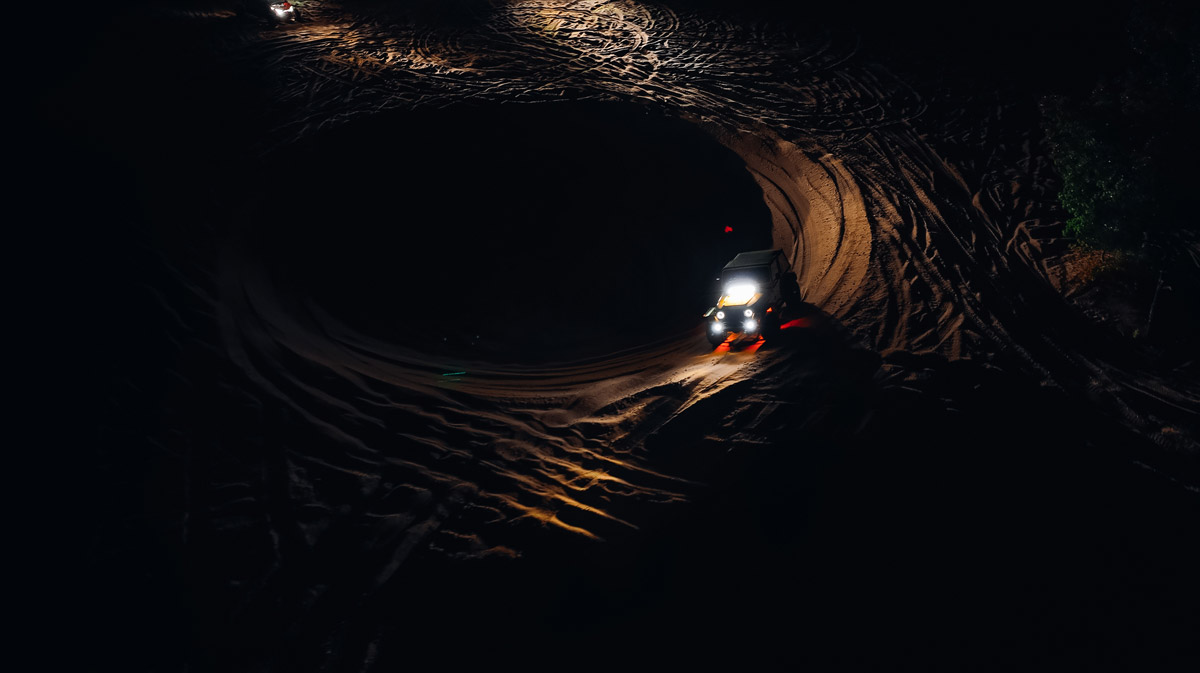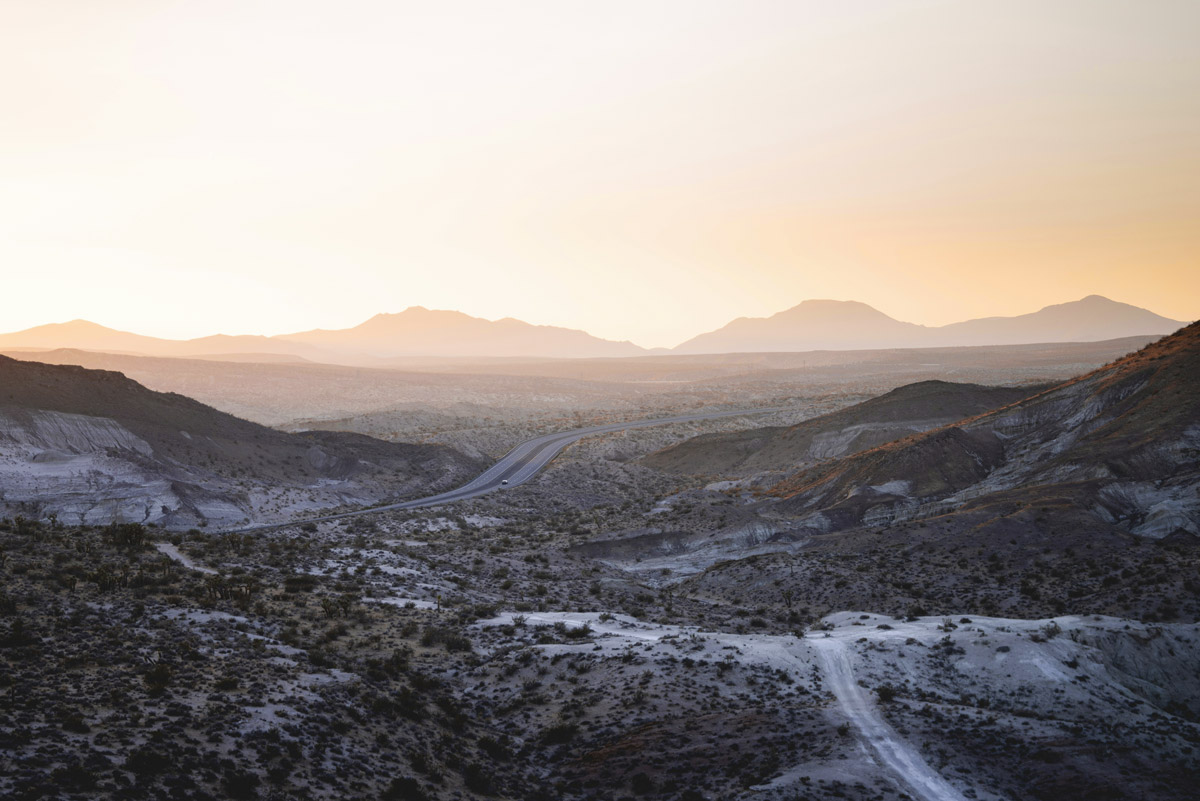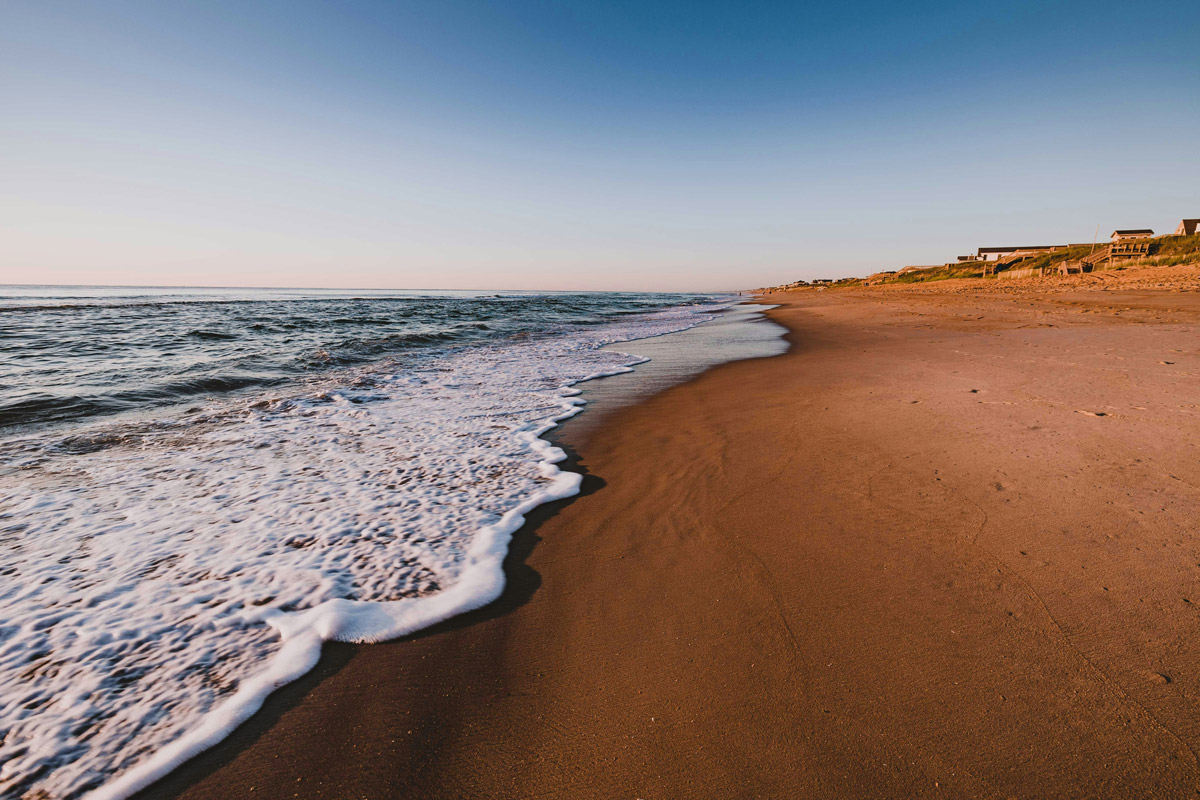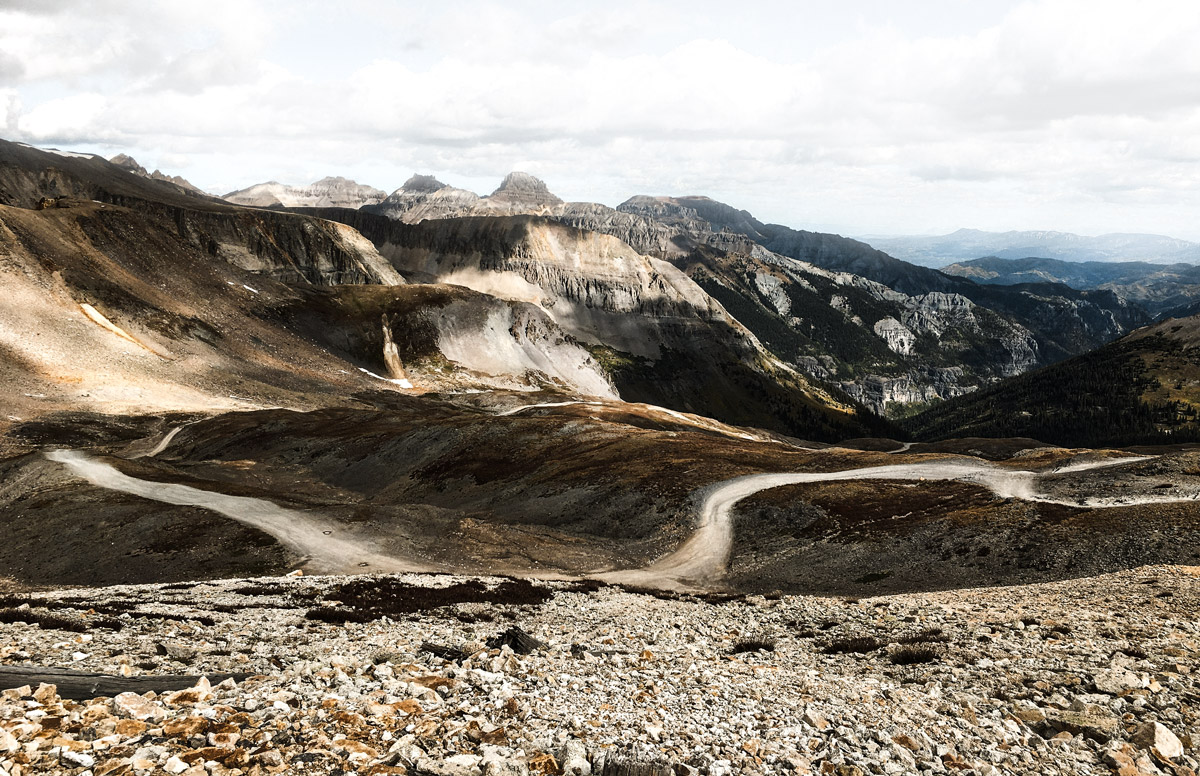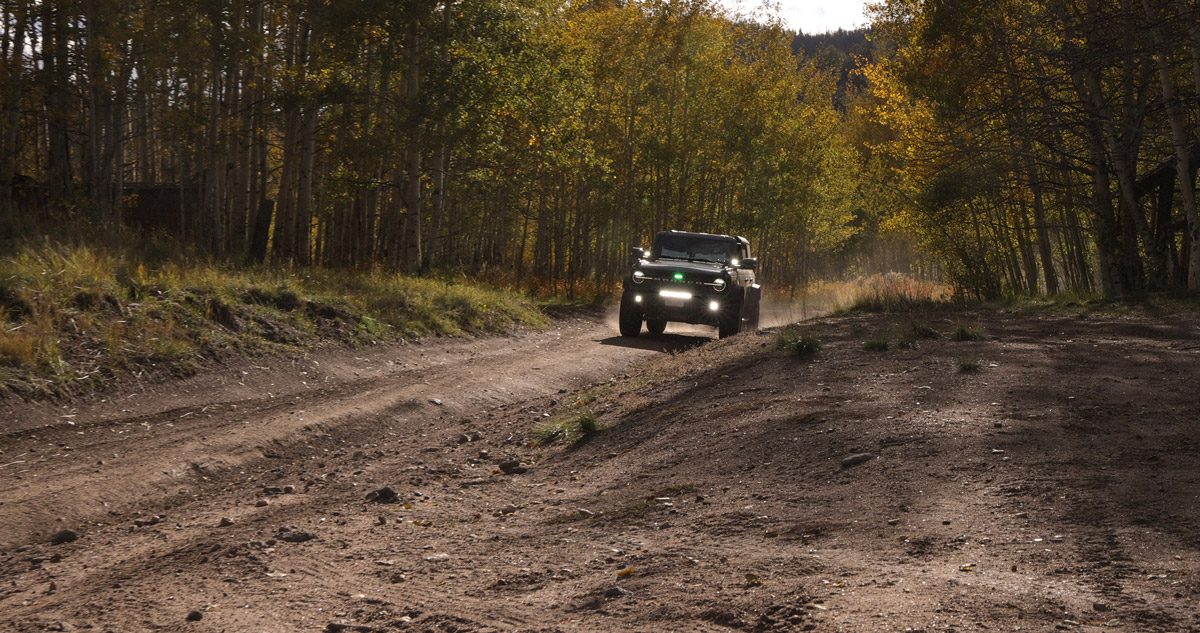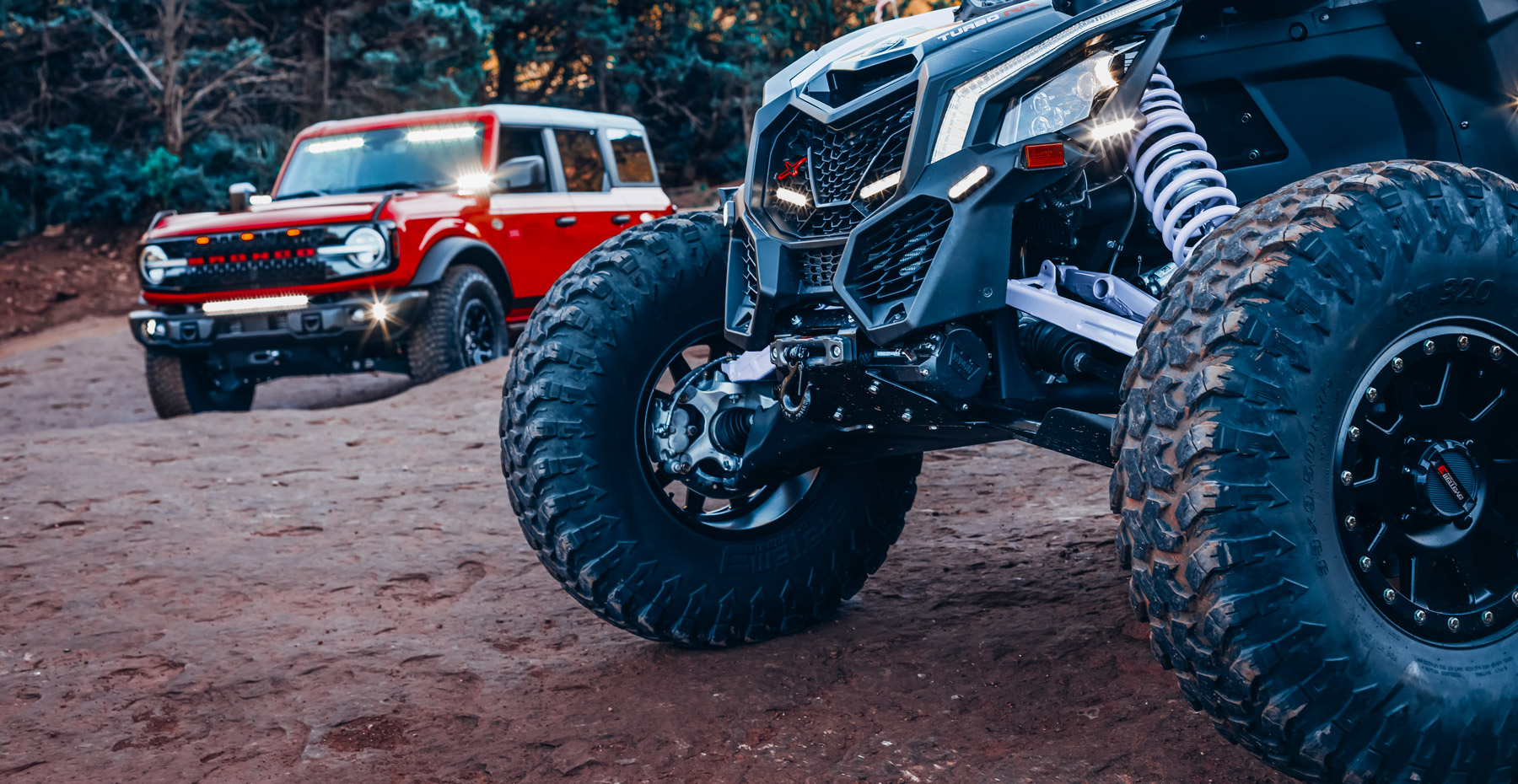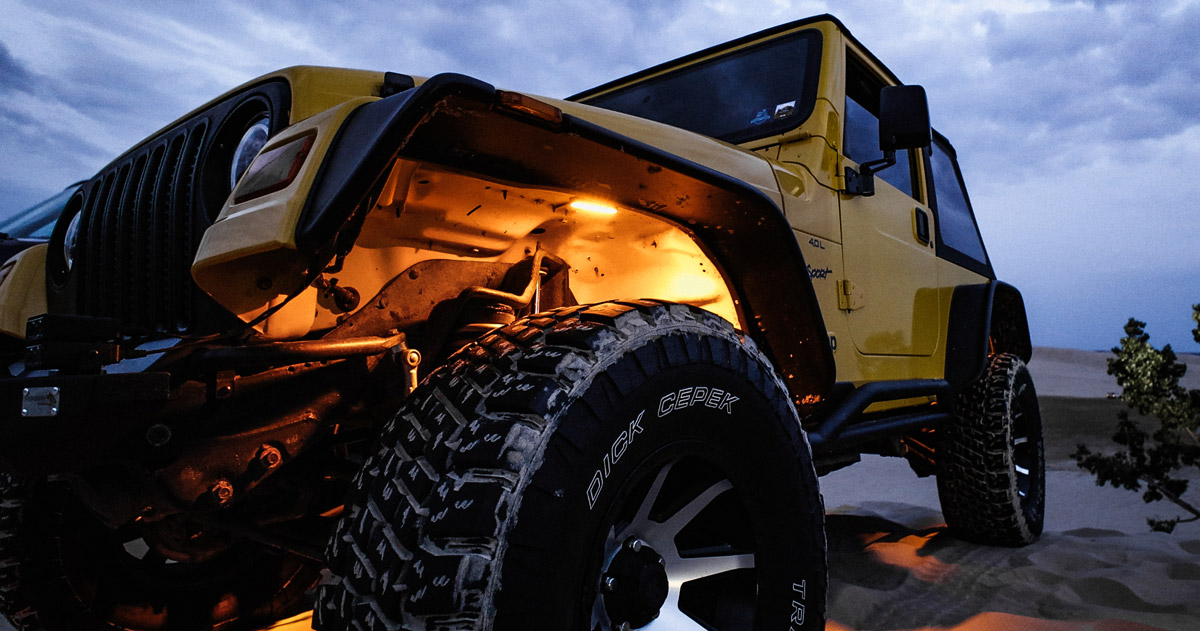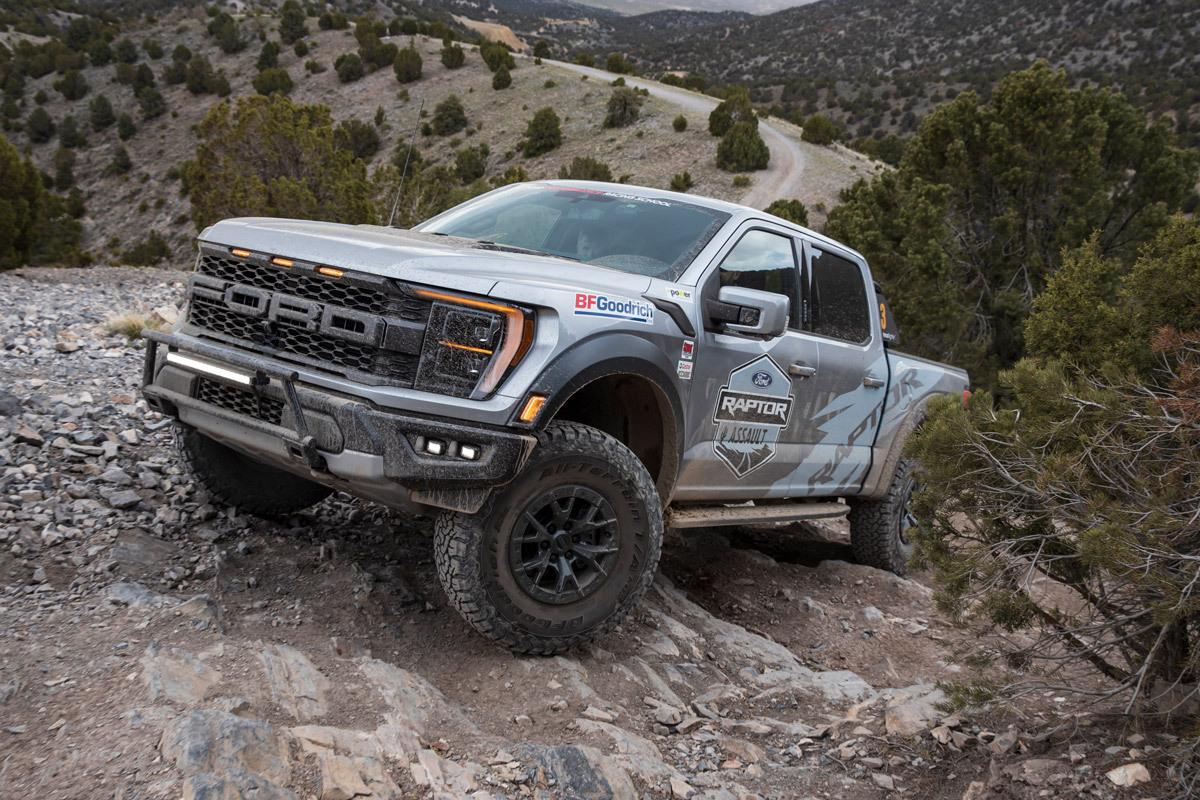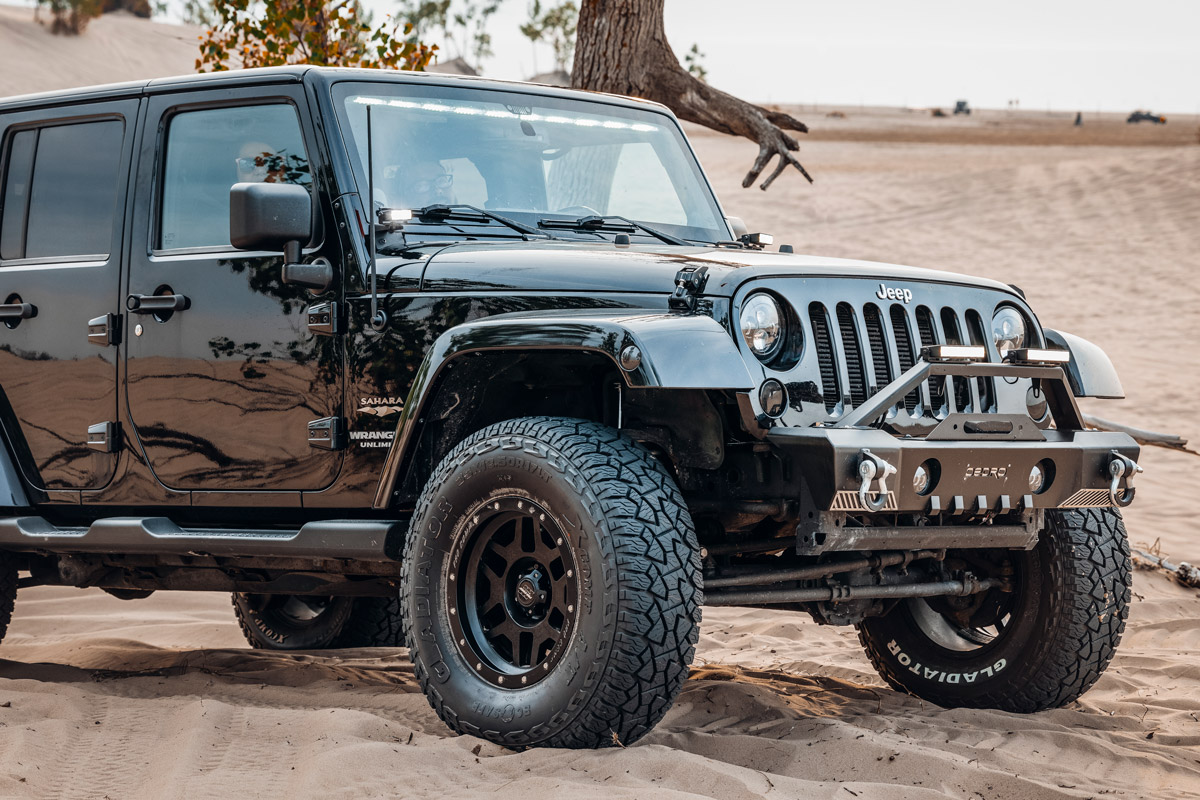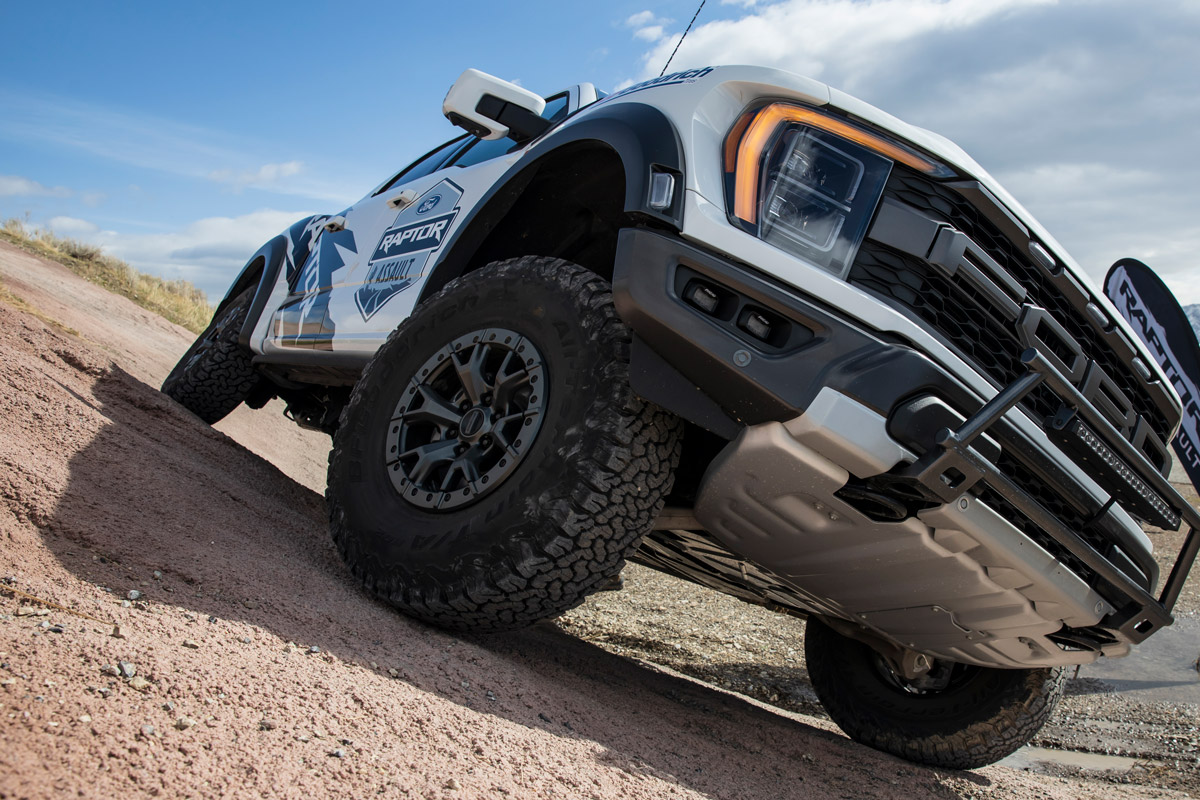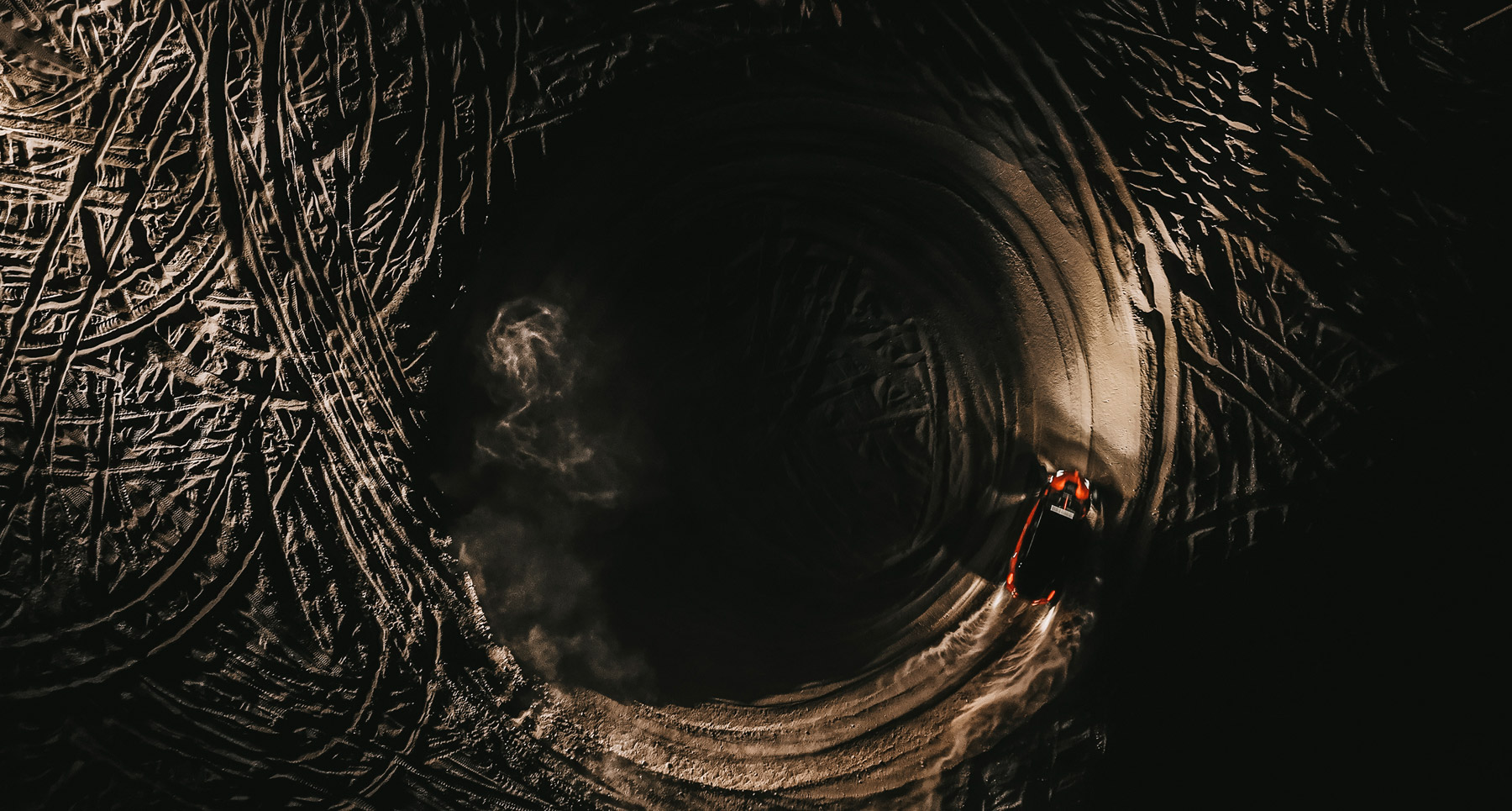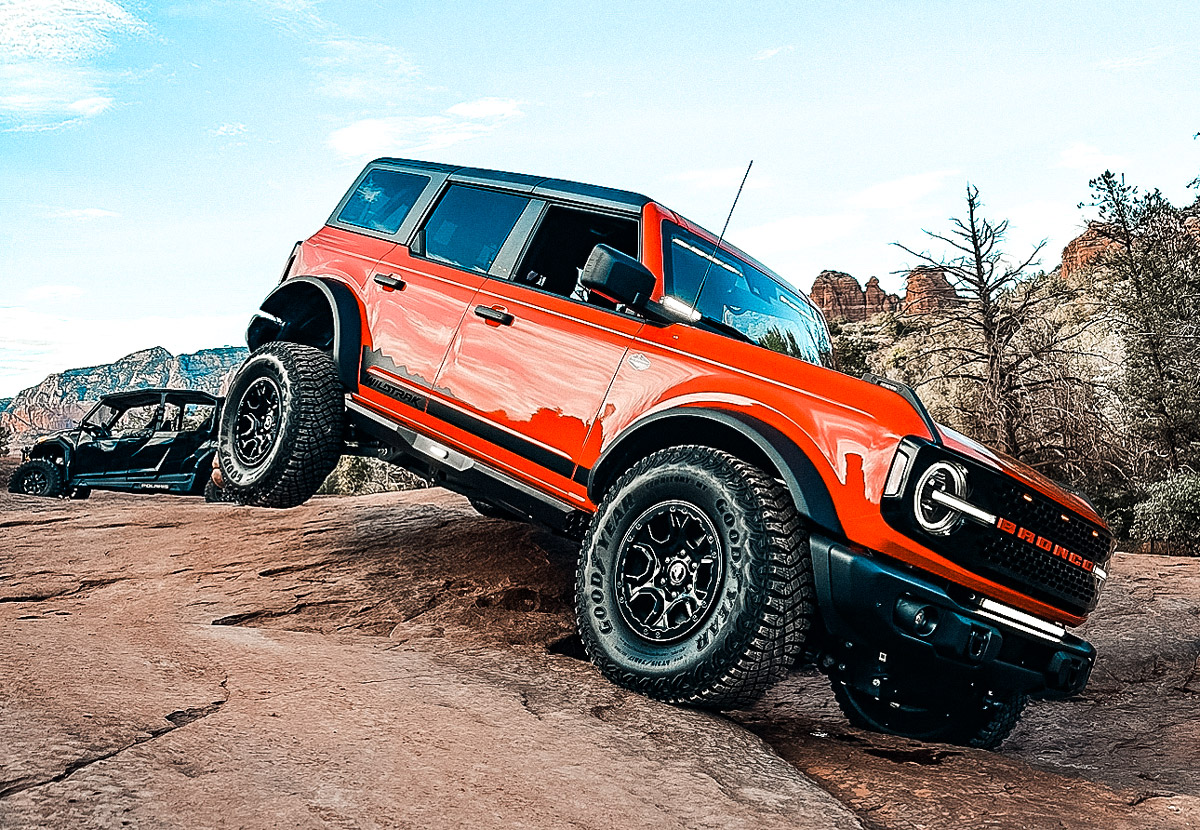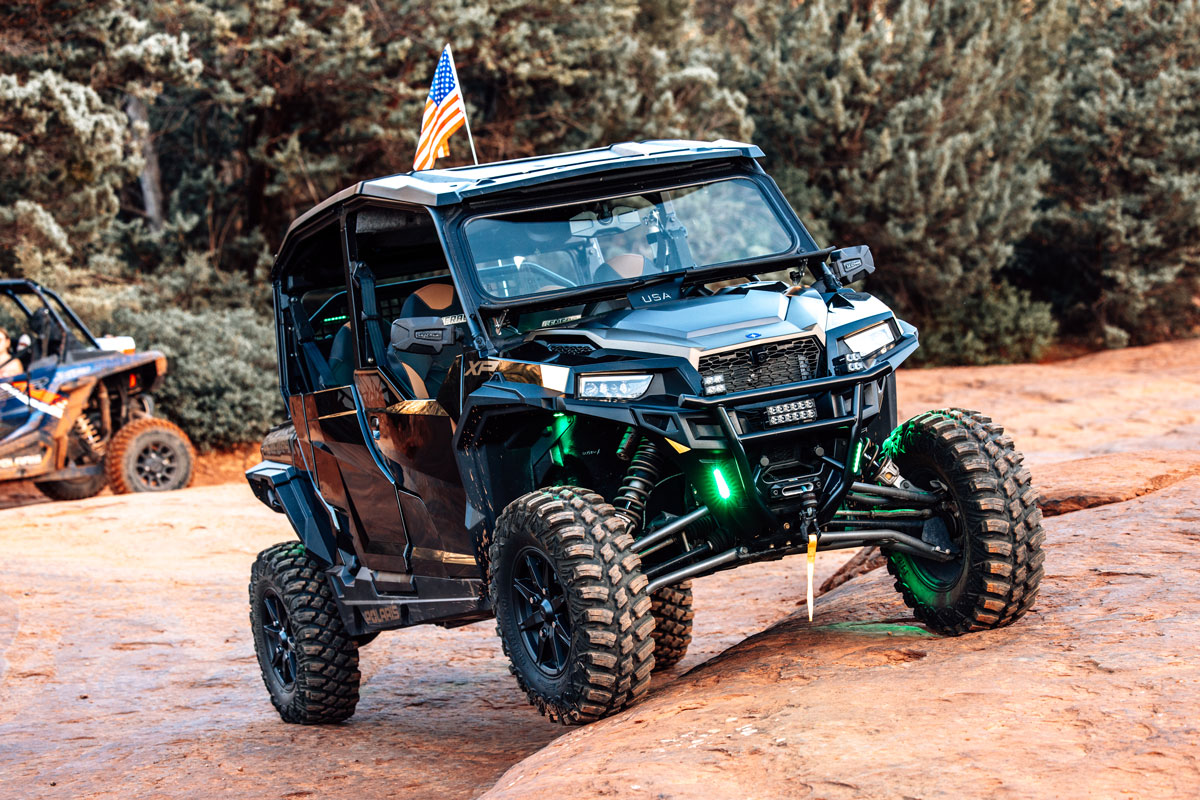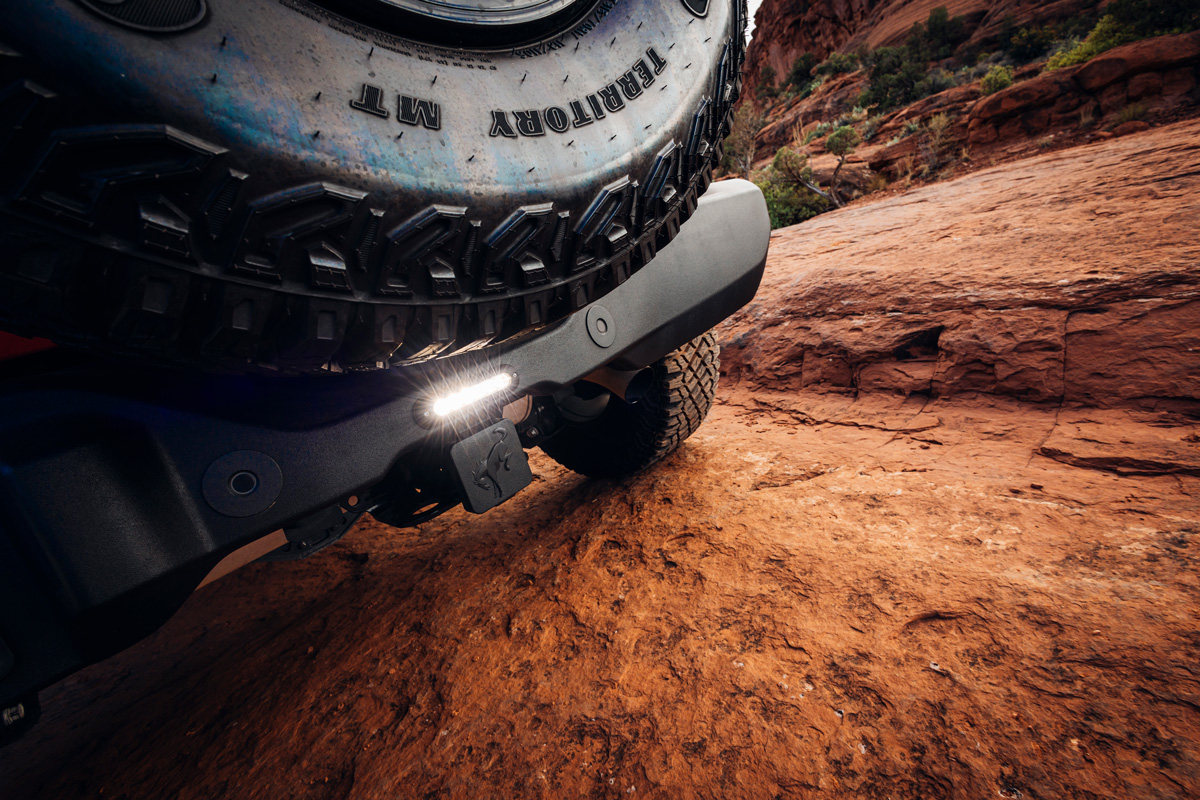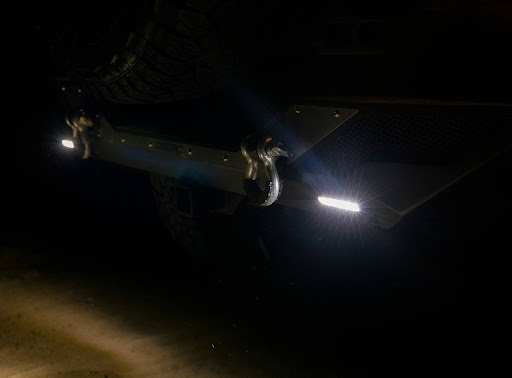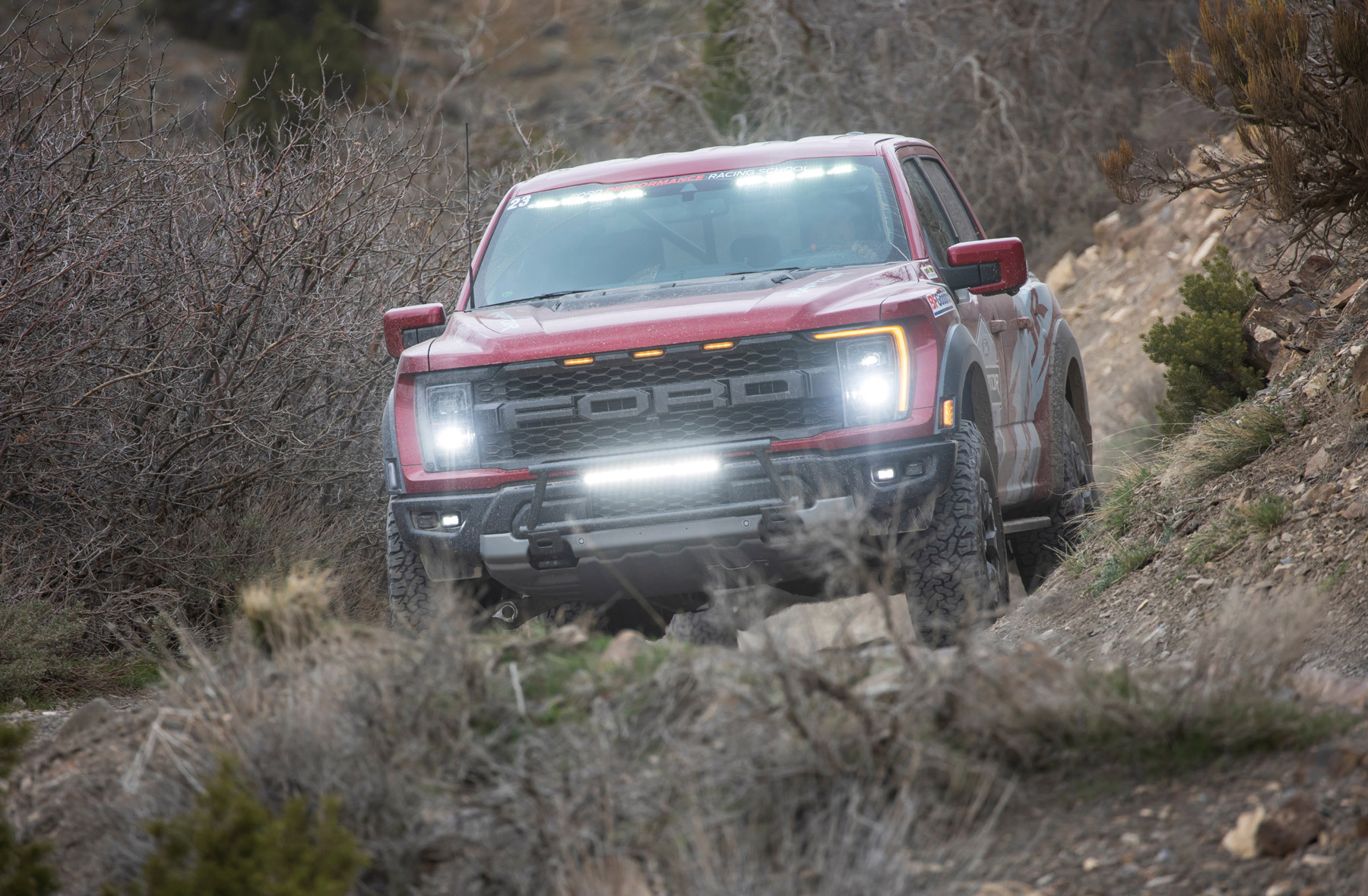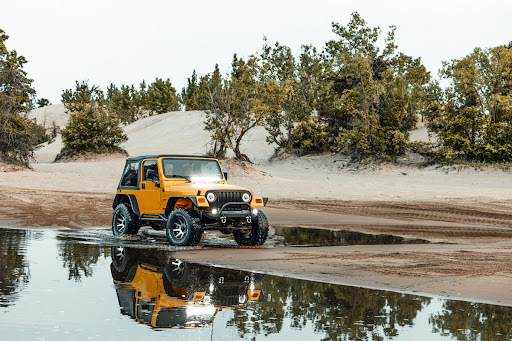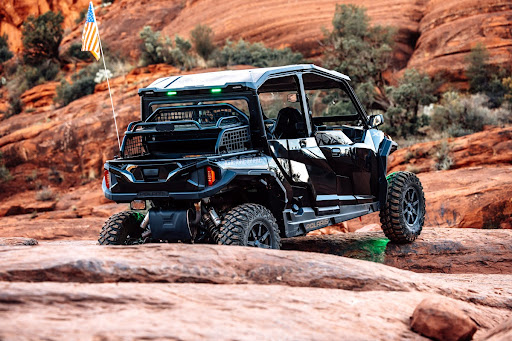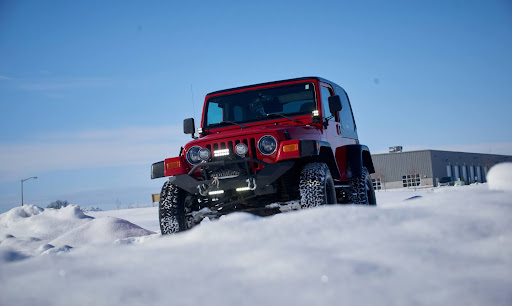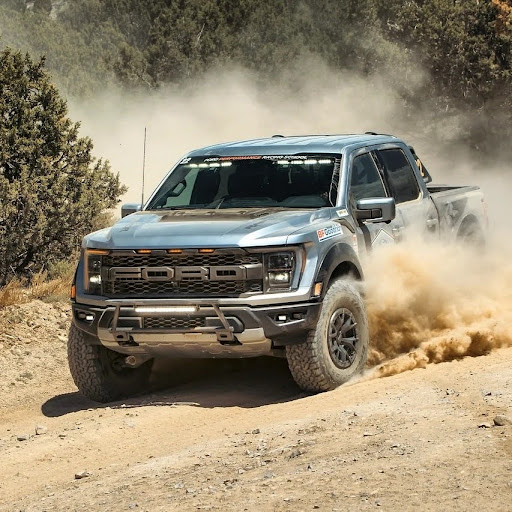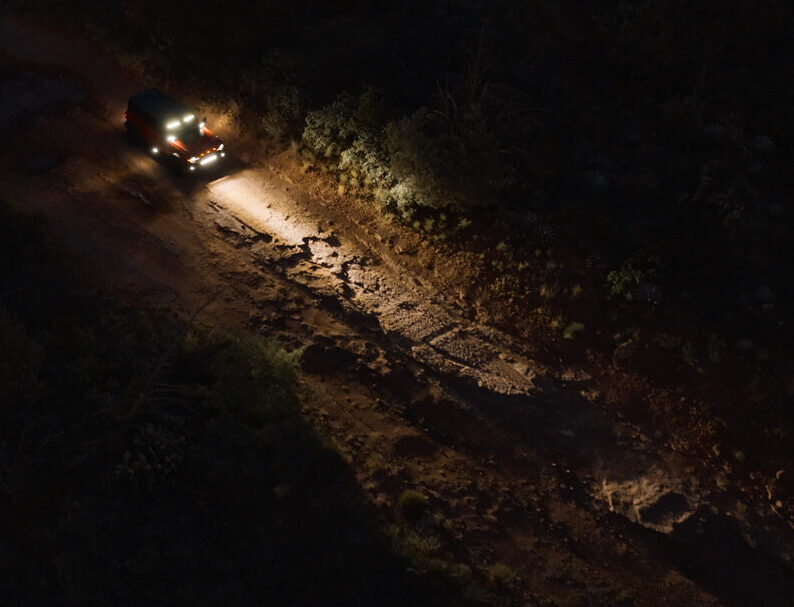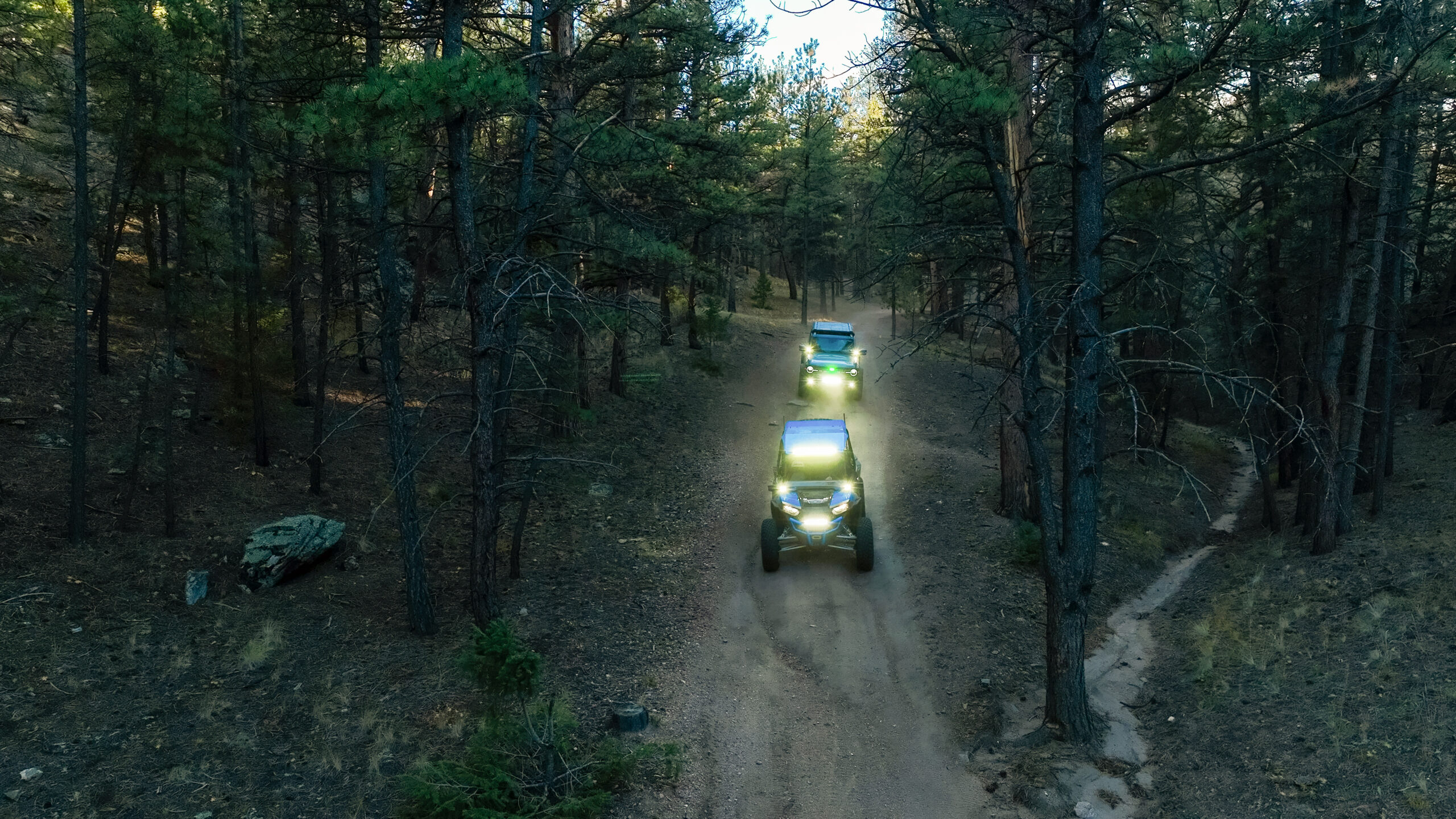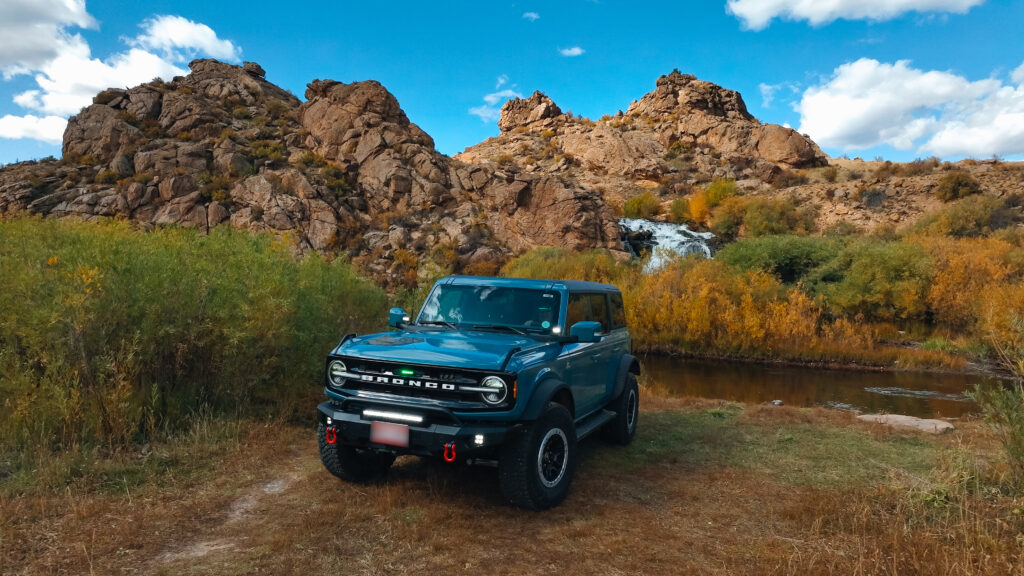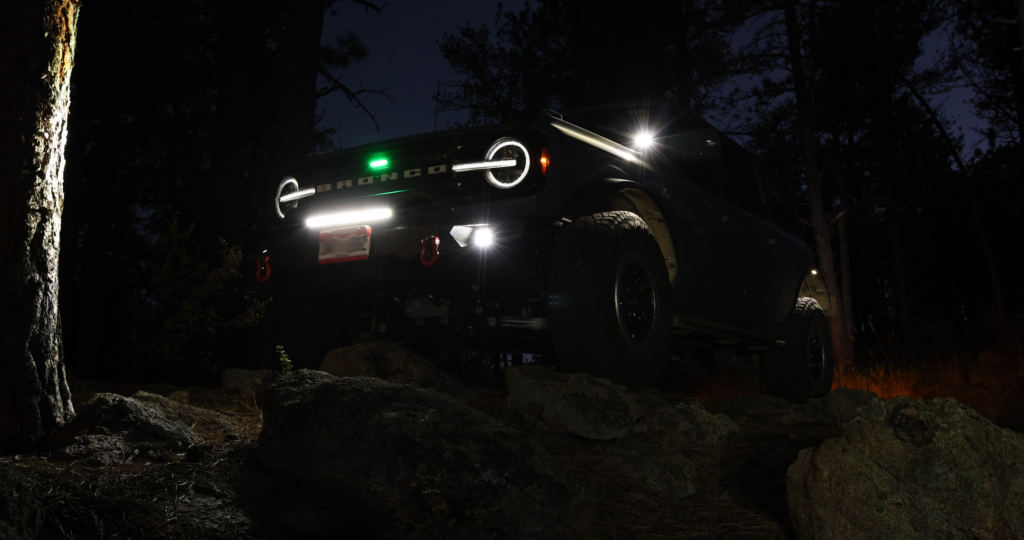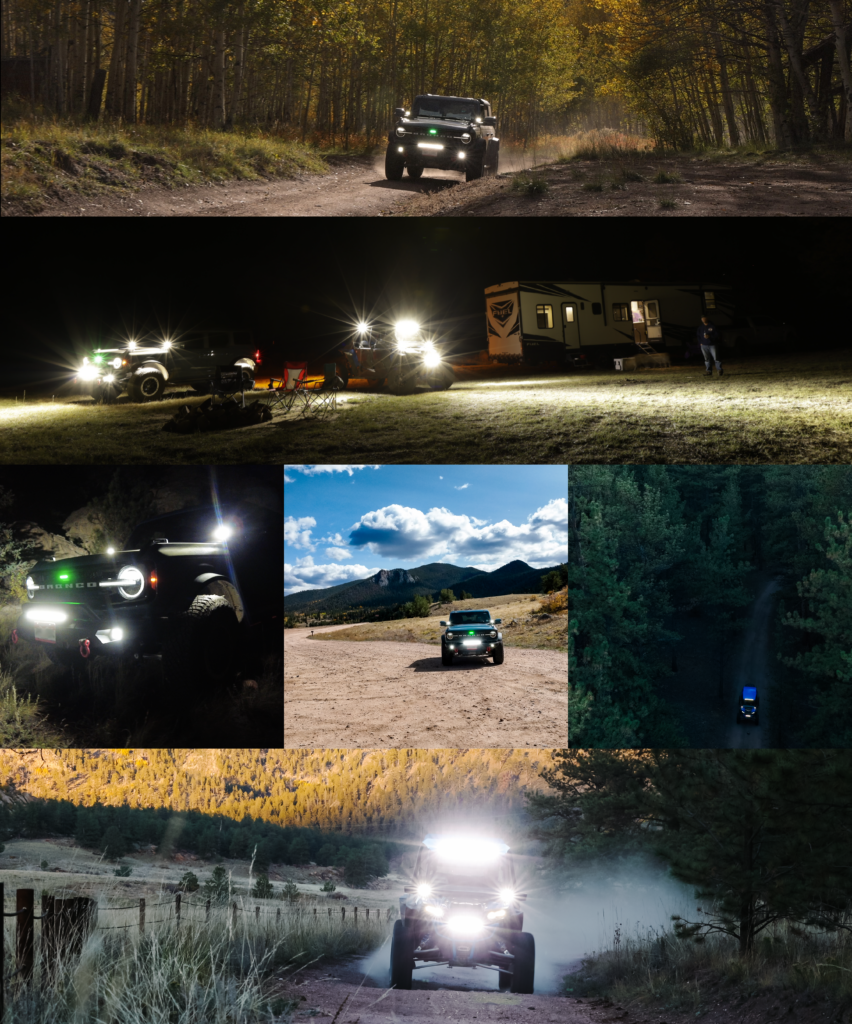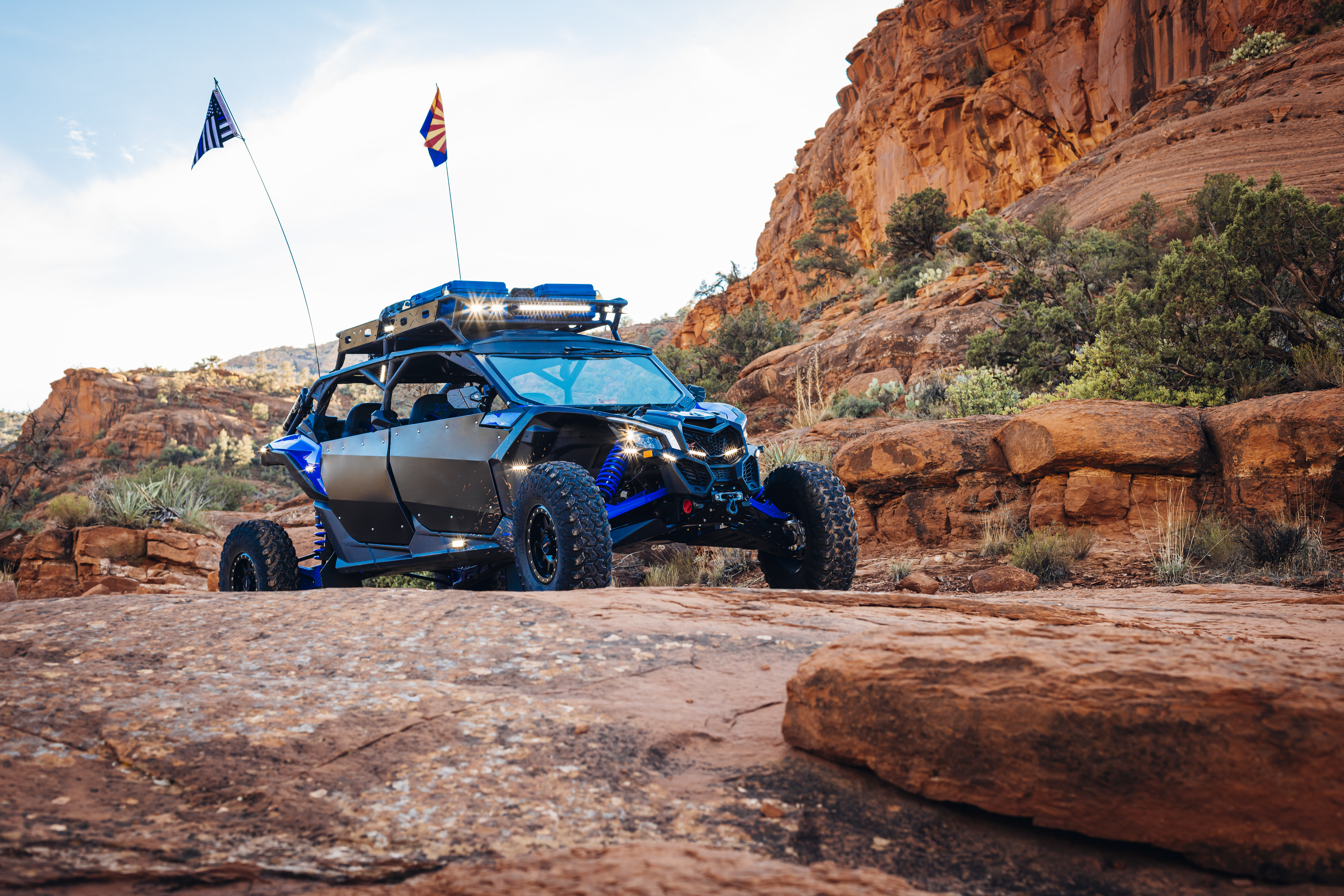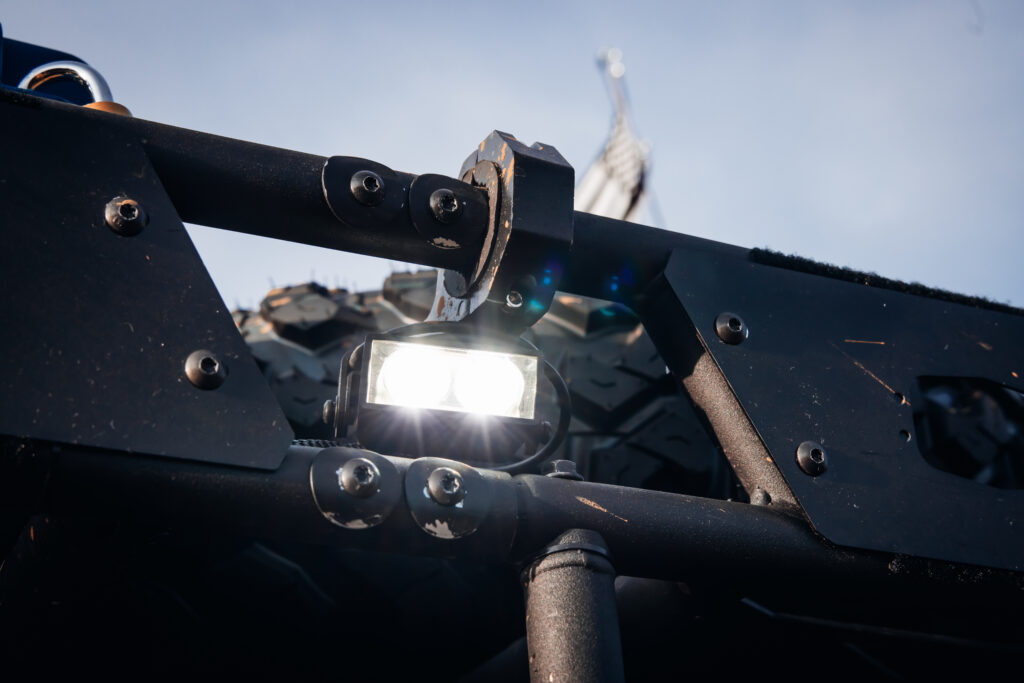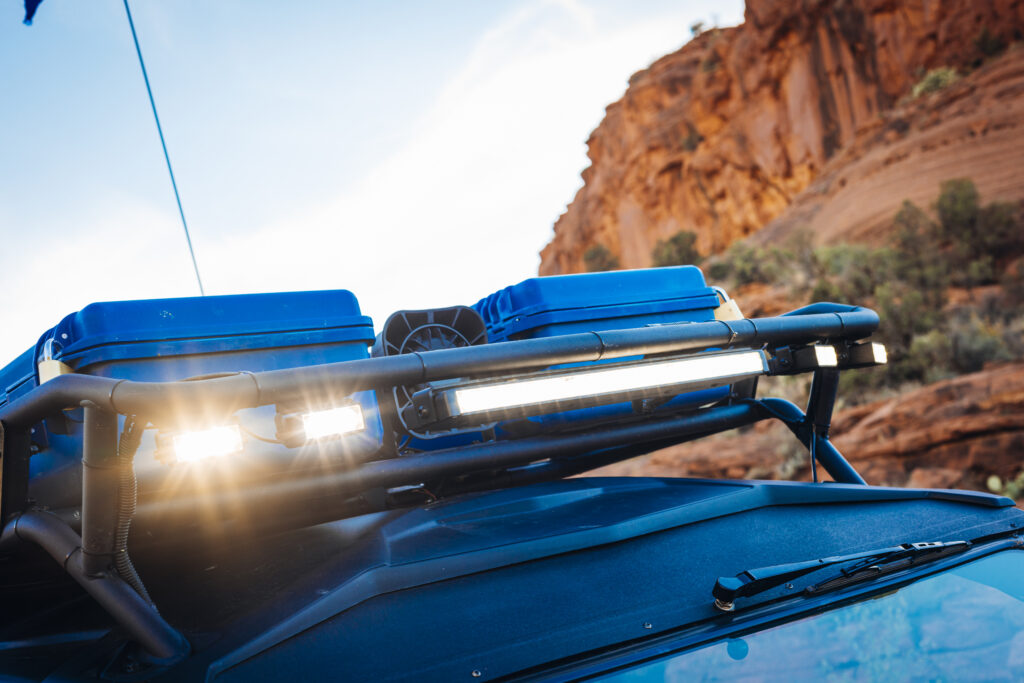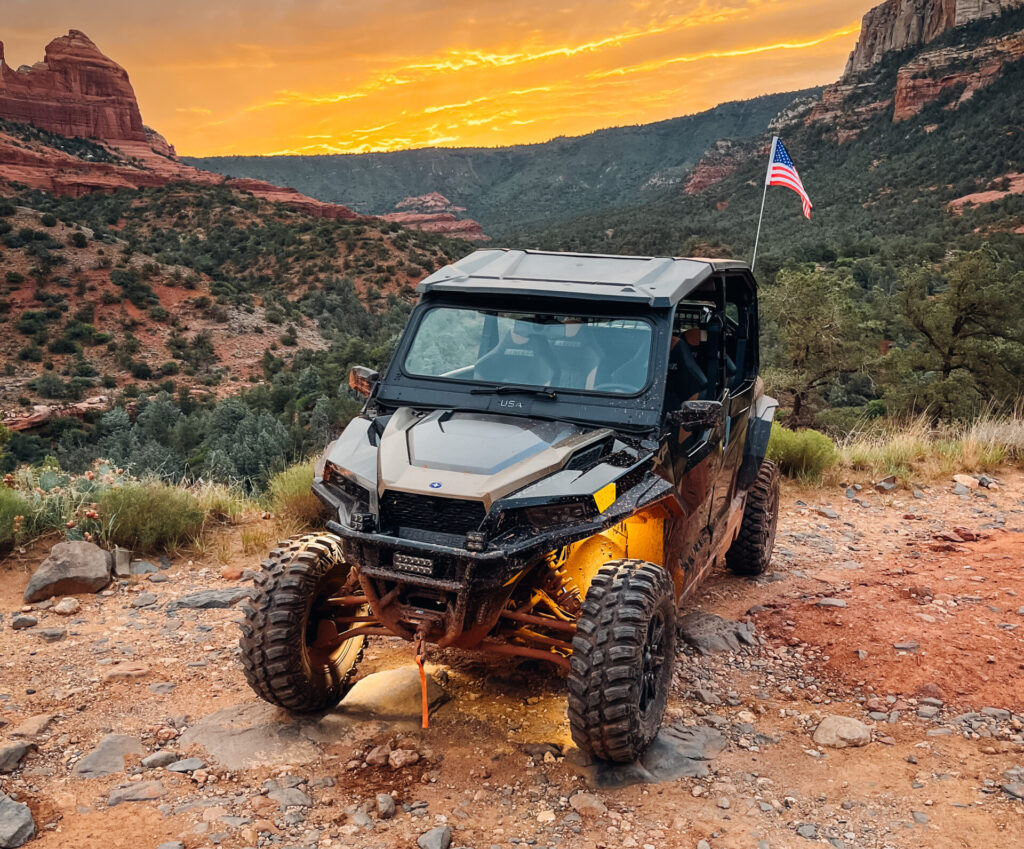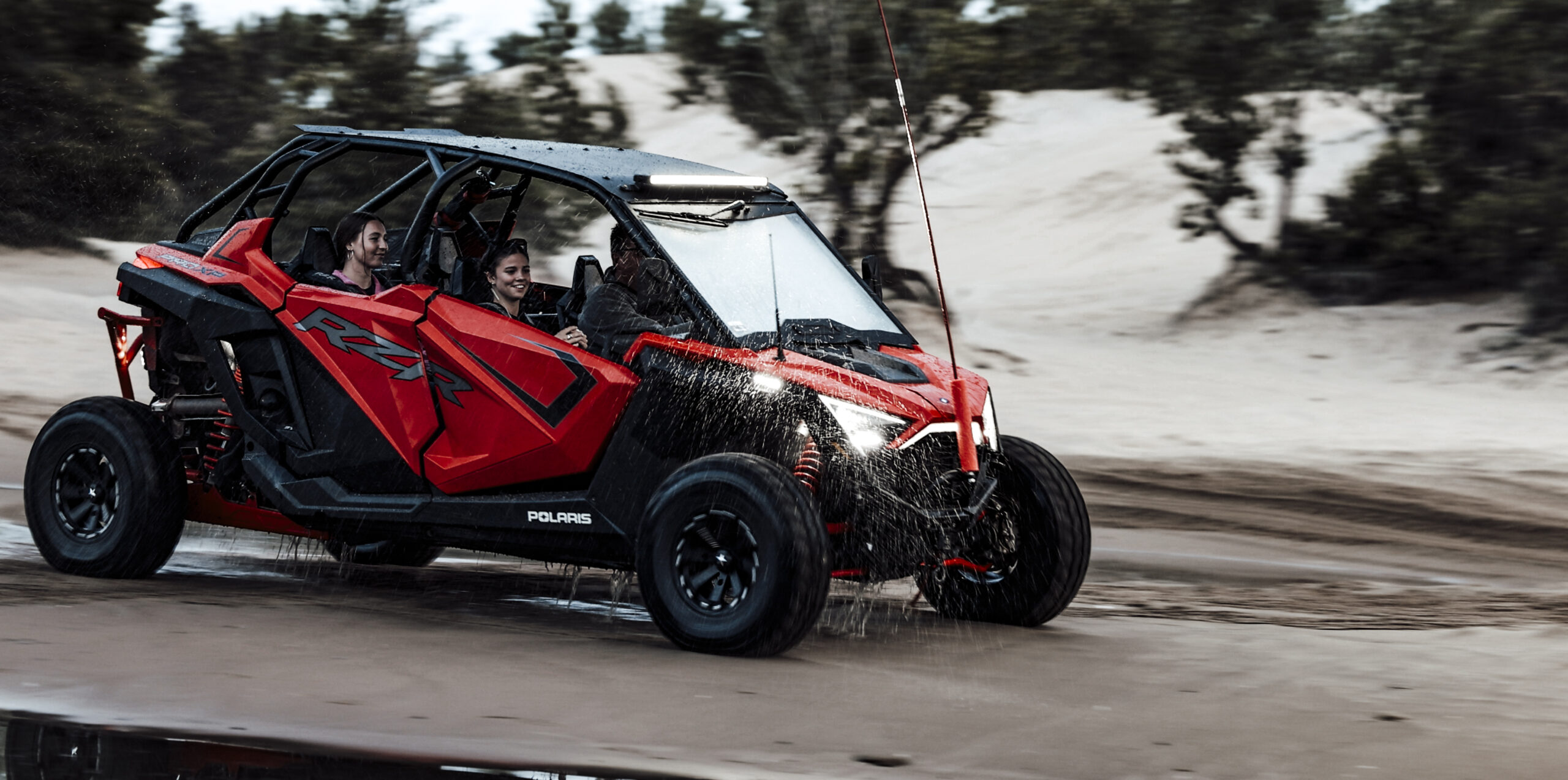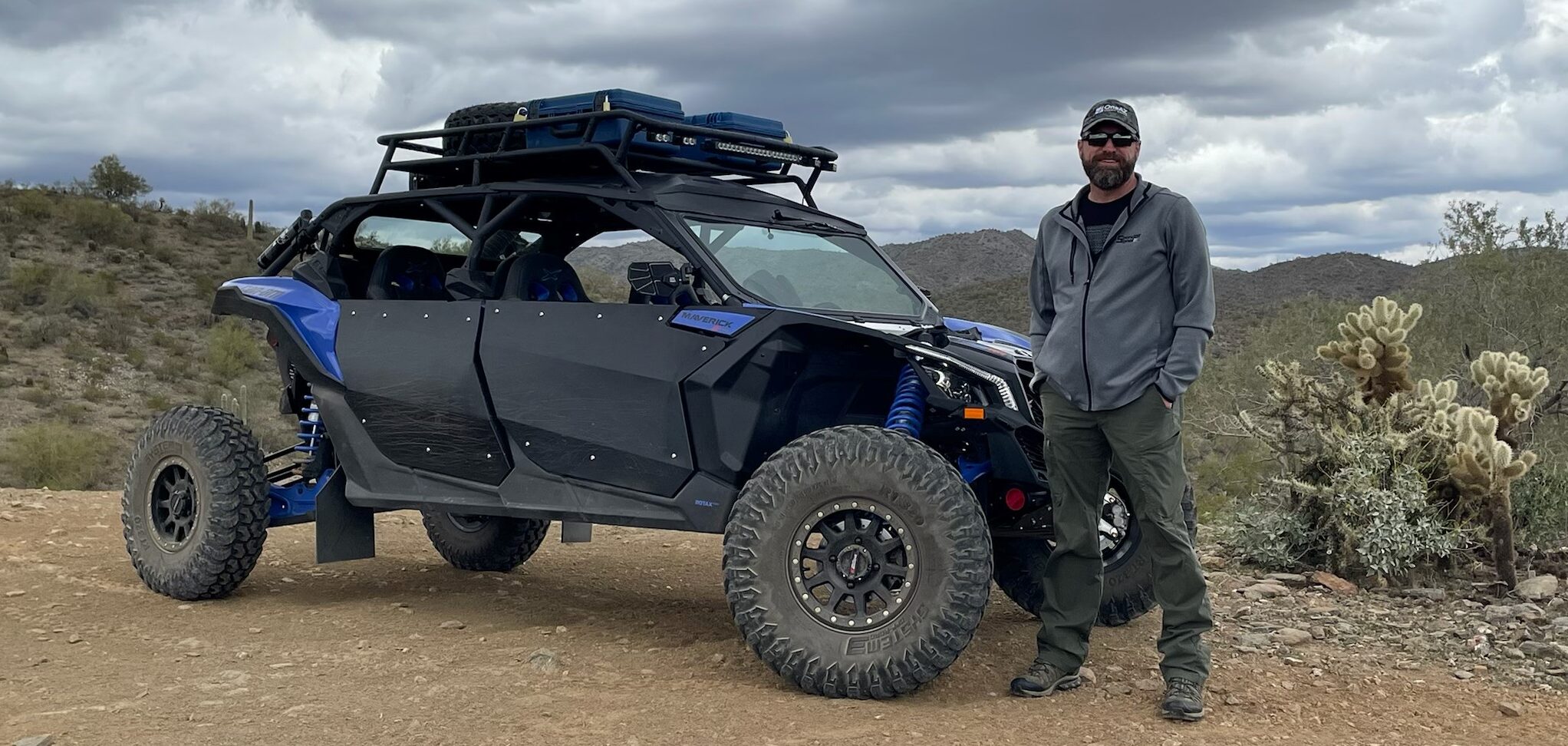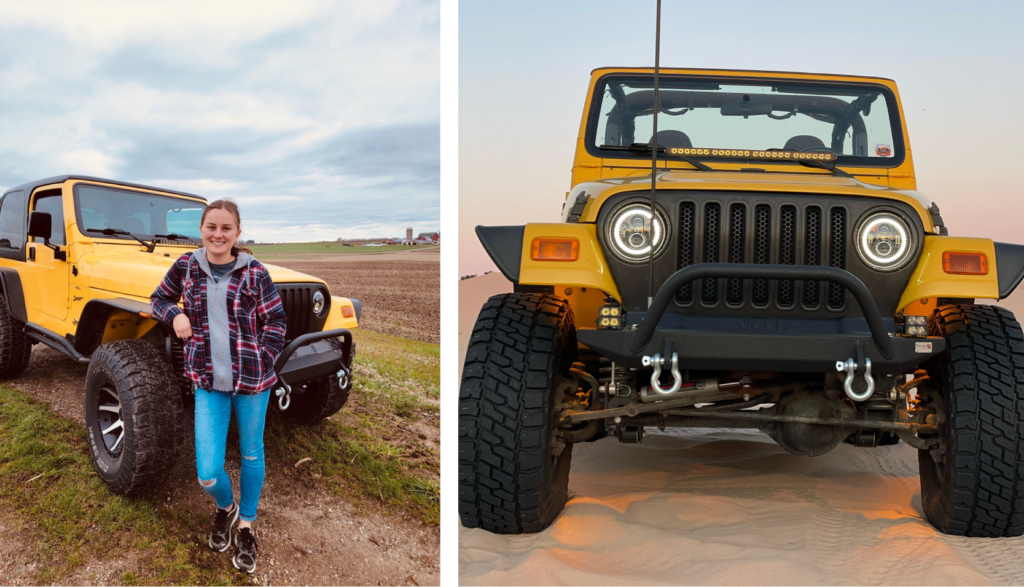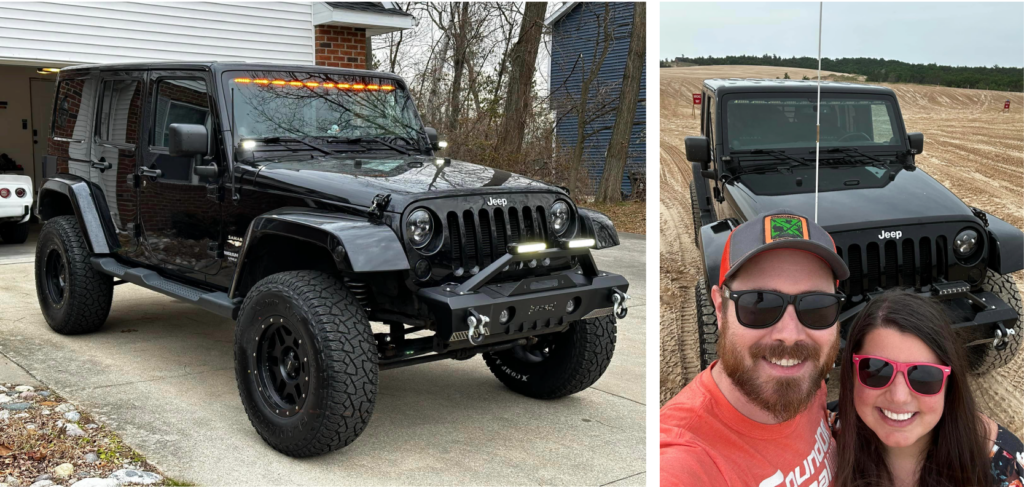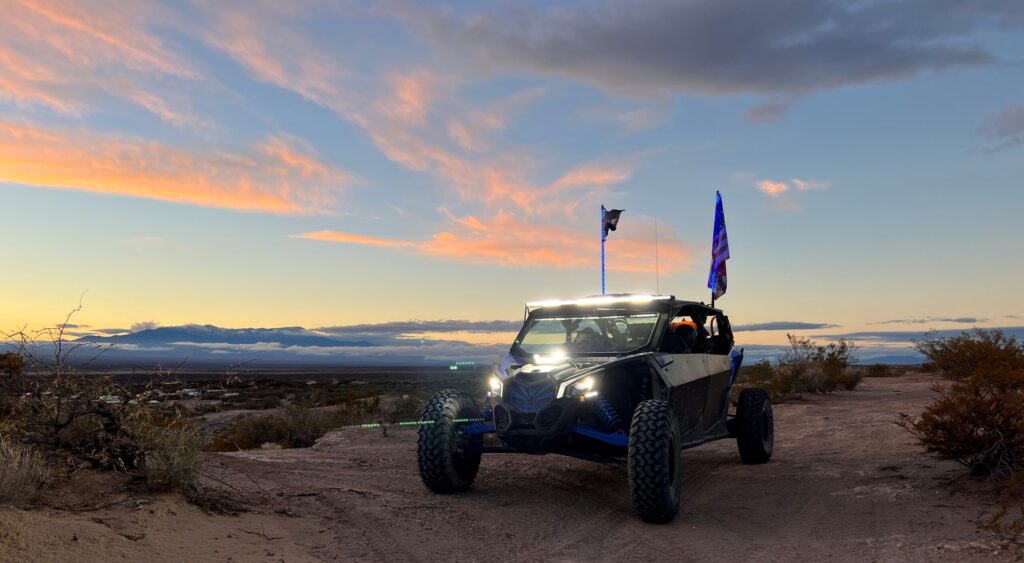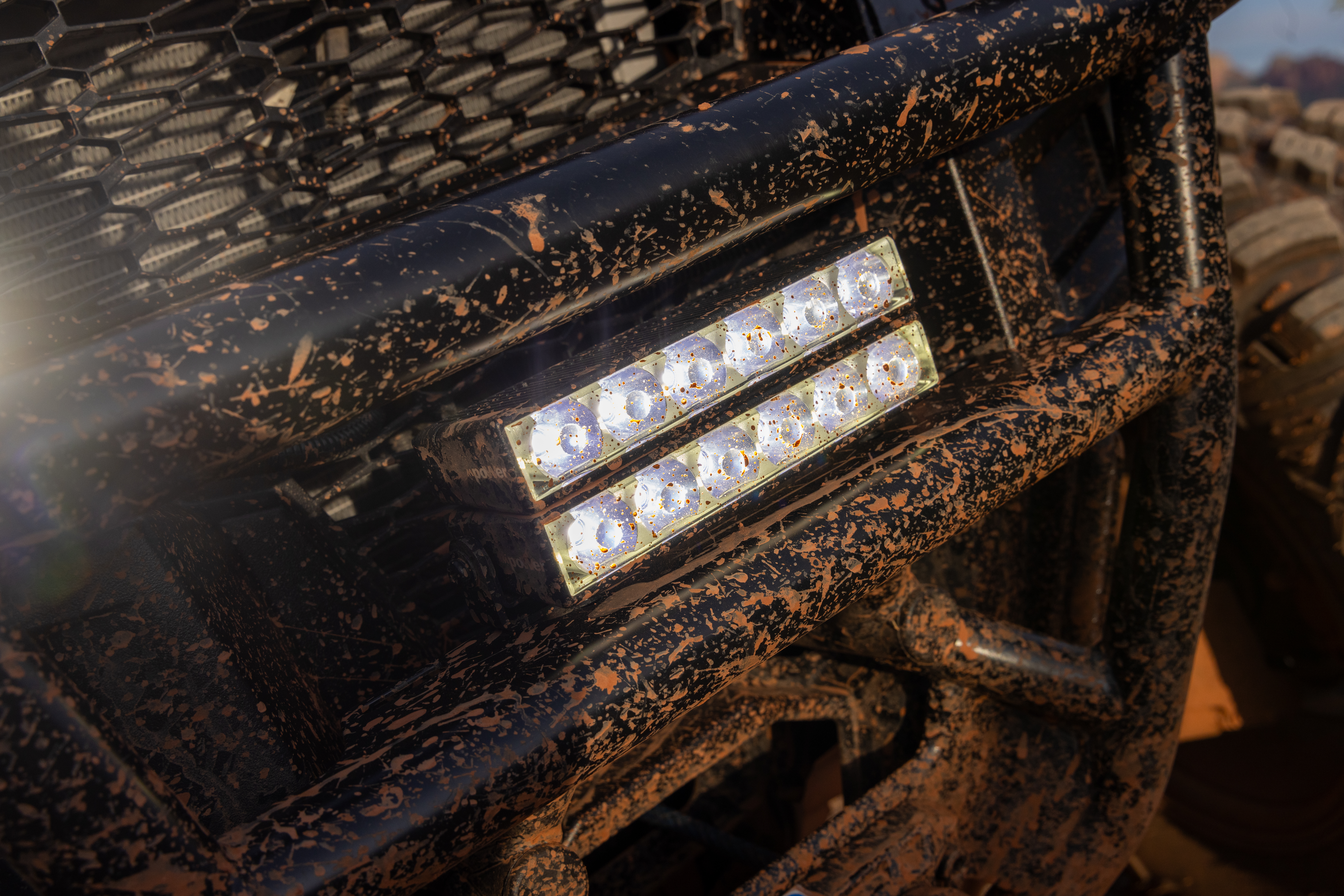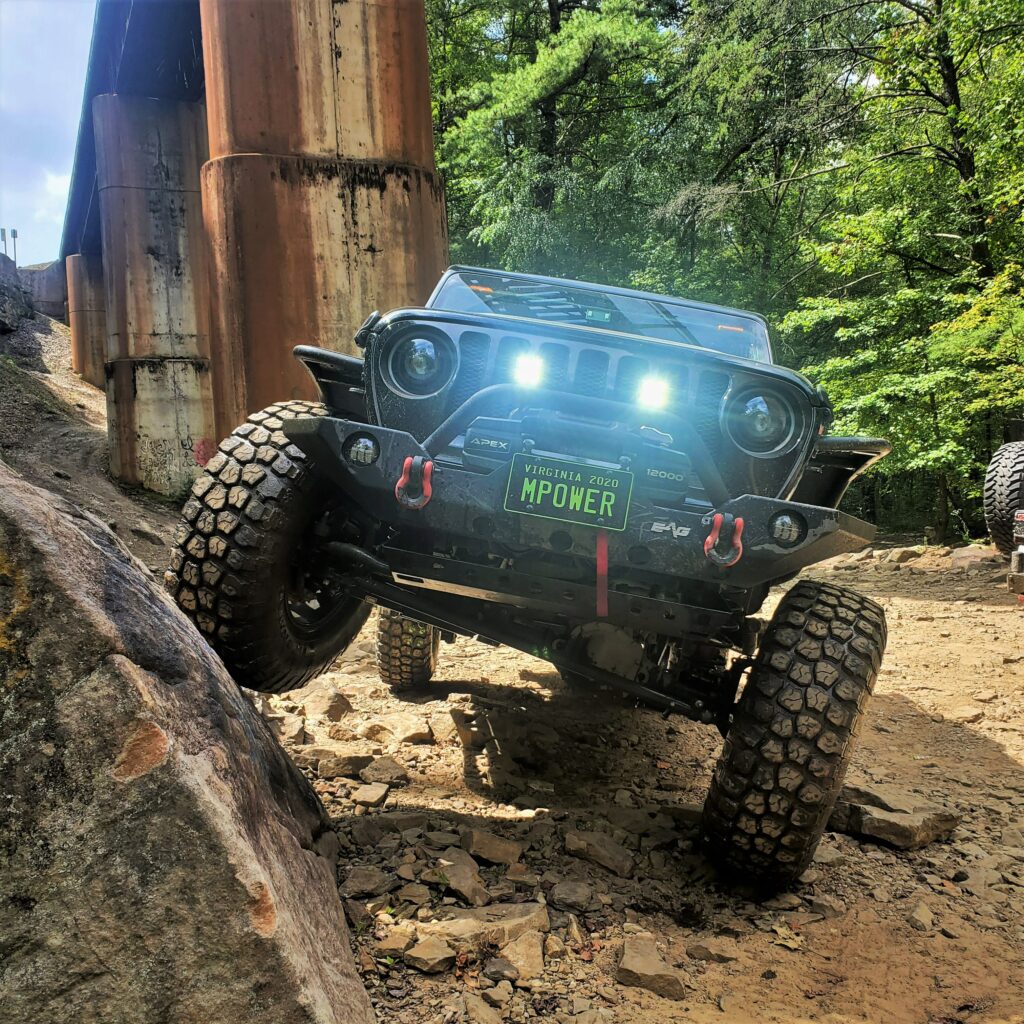Summer is just about here, and the call of the wild beckons to off-road enthusiasts across the country. From the red rocks of Moab to the sandy beaches of the Outer Banks, the United States is home to some of the most thrilling and breathtaking off-roading destinations in the world. Whether you’re a seasoned off-road veteran or a newbie looking for an adrenaline-packed adventure, there’s something for everyone to discover and explore.
In this blog post, we’ll take you on a journey to some of the top off-roading destinations in the US, each offering its own unique blend of scenery, challenges, and excitement. We’ll dive into the highlights of each destination, sharing tips, insights, and recommendations to help you plan your ultimate summer off-road adventure.
Moab, Utah
Nestled in the heart of Utah, Moab offers an unparalleled off-road experience with its rugged terrain, towering sandstone cliffs, and iconic red rock formations. The red “slick-rock” found throughout the park pulls more than just off-roaders’ attention; Moab brings bikers, hikers, and horseback riders each year, bringing in over 3 million visitors annually.
The expansive red terrain is almost 500 million years old, allowing for immensely unique rock formations and views. The unique aspects of this destination don’t end there. Since there aren’t established and maintained trails at Moab, you’re truly off-roading! From the challenging trails of Hell’s Revenge to the scenic views of the La Sal Mountains, Moab has something for every level of off-road enthusiast.
Aroostook County ATV Trails, Maine
Tucked away in the northeastern corner of Maine, Aroostook County is a haven for outdoor enthusiasts seeking untouched wilderness and thrilling off-road adventures. With over 2,300 miles of interconnected ATV trails, Aroostook County offers some of the best off-roading experiences in the Northeast.
Combining breathtaking scenery and trails for a wide variety of skill levels with cozy, warm hospitality, you’ll quickly discover why Aroostook County is known for its friendly locals and laid-back atmosphere.
Little Sahara Dunes, Oklahoma
Found right in the heart of Oklahoma, Little Sahara Dunes is a hidden gem for off-road enthusiasts seeking adrenaline-pumping adventures amidst towering sand dunes and expansive desert landscapes. Over 1,600 acres of sand dunes reaching heights of up to 75 feet sprawl across Little Sahara, offering endless opportunities for off-road excitement.
Despite this pick being a popular destination, the wide-open terrain prevents off-roaders from feeling packed in. While some of the destinations on this list are primarily limited to the summer season, Little Sahara Dunes offers year-round exhilaration!
Ocala National Forest, Florida
Located in the heart of Florida, Ocala National Forest offers off-road enthusiasts a unique blend of tropical landscapes and thrilling trails. With 200 miles of designated off-road trails, Ocala is the world’s largest contiguous sand pine scrub forest, providing endless opportunities for exploration and adventure.
Trail types at Ocala Forest are incredibly diverse, with offerings ranging from pine forests, sand-spinning trails, or crystal-clear springs. These terrains are mostly remote, so being prepared for lack of cell reception is recommended.
Mojave National Preserve, California
The Golden State’s Mojave National Preserve offers off-road enthusiasts a taste of the desert’s beauty and adventure. Vast expanses of pristine Californian-desert landscape and miles of off-road trails promise a thrilling off-road experience anywhere at Mojave National Preserve. Towering sand dunes, ancient lava flows, and rugged canyons are prevalent through the terrain.
Iconic quirky traditions can be found throughout the park, such as the Traveler’s Monument. Spring and Fall are generally the most comfortable time to visit Mojave, but this is another off-roading gem that has year-round accessibility.
St. Joe State Park, Missouri
St. Joe State Park in Missouri offers off-road enthusiasts an exciting playground hidden away in the heart of the Midwest. The land the park sits on used to be an operational lead mine, so the “sand” under your tires is from accumulated lead tailings! Visitors are able to learn more about this intrinsic part of Ozark history at the park’s immersive lead museum.
This trail system is a perfect offering for beginners, but the variety of terrain keeps it far from becoming generic. St. Joe State Park has a wide offering of camping areas, picnic spots, and recreational activities, making this destination especially family-friendly.
The Outer Banks, North Carolina
Though whispers of lost treasure might not be found in the real-world Outer Banks, this coastal area of North Carolina offers off-road enthusiasts a unique blend of sea-side beauty and thrilling adventure. Miles of sandy beaches and towering sand dunes promise an unforgettable off-road experience at the Outer Banks.
While the miles of dunes provide a challenge for the adrenaline-junkies, the picturesque lighthouses and aesthetic ocean vistas are sure to catch the attention of anyone looking for stunning views.
Ouray, Colorado
Dubbed the “Switzerland of America,” Ouray, Colorado, is a hidden gem for off-roading enthusiasts. Surrounded by the majestic peaks of the San Juan Mountains, Ouray offers a variety of off-road trails ranging from easy scenic drives to challenging rock crawls. From the famous Alpine Loop to the challenging Black Bear Pass, trails and scenery of unforgettable magnitude are what earned this destination Jeep’s Badge of Honor status.
To set Ouray apart from the rest even further, any of the backcountry roads throughout Ouray run along historic mining roads sprinkled by historic monuments and ghost towns. Ouray’s trails are available for you and your crew to explore on your own, or alongside guides with a plethora of knowledge on the history and ecology of San Juan.
Drummond Island, Michigan
Drummond Island, located in the heart of the Great Lakes, offers off-road enthusiasts a unique island adventure surrounded by pristine wilderness and rugged terrain. Miles of scenic trails and breathtaking views sit nestled in the fresh waters of Lake Huron. Fitted with wide meadows, hardwood forests, and occasional rock climbs, this off-roading destination is great for off-roaders who prefer the experience that remote wilderness offers.
The island’s hidden coves, secluded beaches, and panoramic lookout points allow full immersion in the natural beauty of the Great Lakes. Though smaller than some of the others on this list, Drummond Island offers a unique genre of off-roading all summer long. While this destination has trails for all off-roaders, the majority of the landscape is tailored for 4×4 utility ATVs.
St. Elmo, Colorado
St. Elmo, hidden away in the heart of the Colorado Rockies, beckons off-road enthusiasts with its historic charm and rugged mountain trails. As one of the most well-known ghost towns of Colorado, this off-roading destination is especially unique. Surrounded by towering peaks and alpine forests, St. Elmo promises an unforgettable off-road adventure amidst breathtaking scenery – and potentially some spooky lore!
The 4×4 trail system out of St. Elmo’s leads you to other historic ghost towns like Hancock, CO and abandoned mines and historic tunnels. It may not be the most technical set of trails on this list, however, its unique appeal is sure to make an unforgettable trip.
Time to book your off-road adventure
Beyond the trails and the terrain, what truly sets these destinations apart is the sense of camaraderie and connection that comes with off-roading. Whether you’re swapping stories with fellow enthusiasts at a trailhead, bonding with family and friends over a campfire, or simply taking in the awe-inspiring beauty of nature, off-roading is about more than just conquering obstacles – it’s about forging memories and building relationships that last a lifetime.
As you gear up for your next off-road adventure, remember to embrace the spirit of exploration, camaraderie, and adventure that defines the off-road community. Whether you’re navigating rocky trails, splashing through mud puddles, or simply soaking in the scenery, let the thrill of the journey fuel your passion for adventure and ignite your sense of wonder.
Need help getting the right lights on your rig? Find an mpower retailer!


